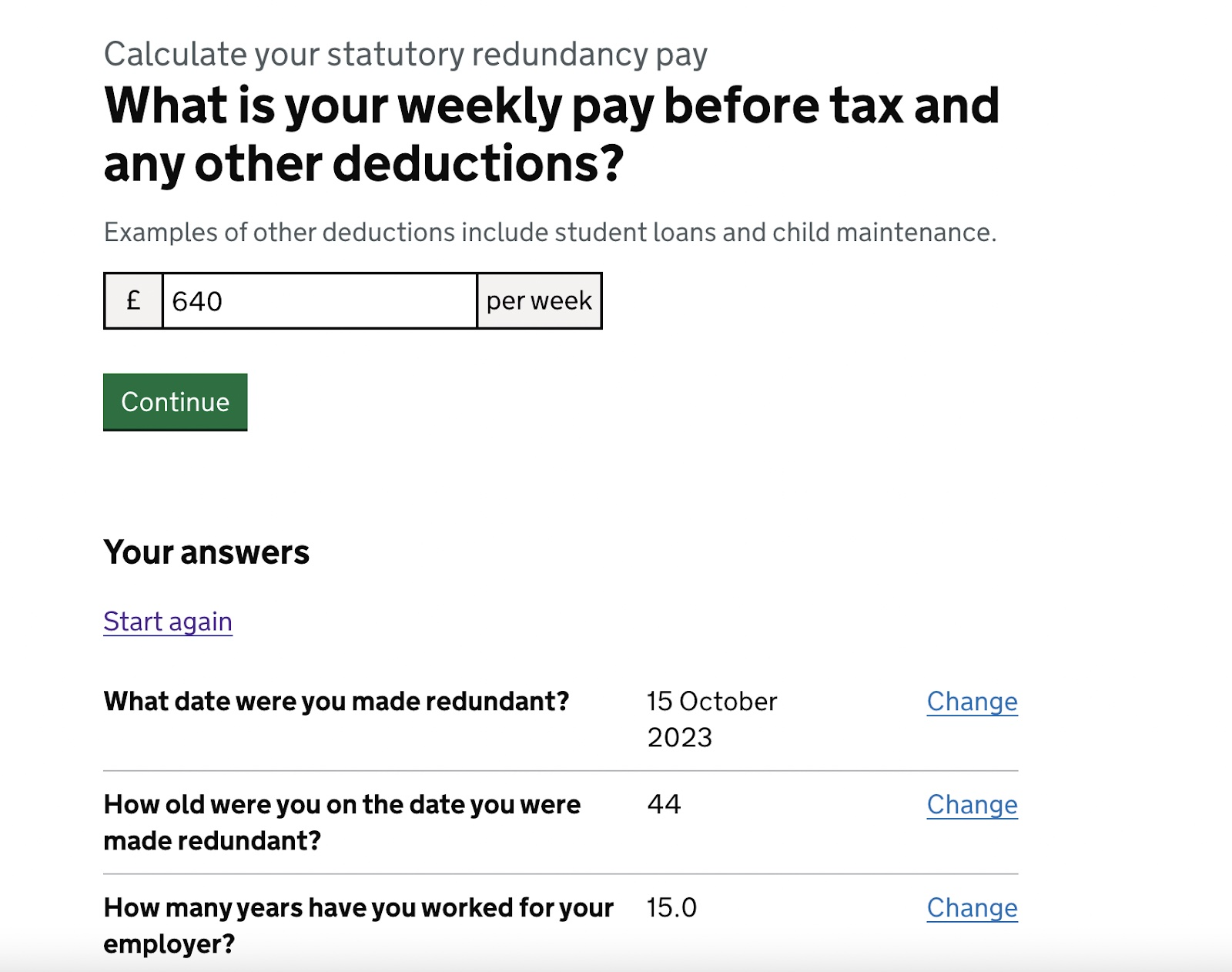Small Business Closing Employee Rights UK: What You Required to Learn About Redundancy
Small Business Closing Employee Rights UK: What You Required to Learn About Redundancy
Blog Article
Investigating the Interaction Between Firm Redundancy and Organizational Versatility for Future Growth
In the vibrant landscape of today's business globe, the complex connection in between company redundancy and business adaptability emerges as an essential factor for sustained growth and success. Firms frequently deal with the difficulty of striking a delicate balance in between preserving a degree of redundancy to alleviate dangers and promoting versatility to respond quickly to the ever-evolving market demands.
Value of Business Redundancy
Company redundancy is an important component that boosts business strength and reduces functional risks. By including redundancy procedures within the business framework, firms can much better endure unanticipated disturbances and changes in the service environment. Redundancy serves as a critical barrier, allowing firms to adjust and react properly to unforeseen obstacles without endangering essential procedures.
One key facet of the relevance of firm redundancy is its duty in ensuring continuity throughout times of situation. When faced with unexpected changes or emergency situations, repetitive systems, resources, or employees can step in to preserve essential features and prevent prevalent disturbances. This continuity not just safeguards the company's track record and consumer trust fund however additionally reduces monetary losses and operational downtime.

Approaches for Business Adaptability

Creating versatile business structures that allow for quick changes to market characteristics and client requirements is important for staying affordable in a quickly developing environment. By proactively recognizing prospective interruptions and opportunities, companies can proactively thrive and adjust in an ever-changing service landscape.
Balancing Redundancy and Flexibility
Attaining a harmonious balance in between operational redundancy and business flexibility is paramount in navigating the intricacies of a vibrant company environment. Striking the ideal equilibrium between redundancy and versatility is a fragile procedure that requires a deep understanding of the organization's goals, market characteristics, and threat tolerance.
To attain this equilibrium, firms require to perform normal assessments of their operations to identify areas where redundancy is necessary for risk reduction and where flexibility can drive technology and development. Applying adaptable frameworks, promoting a culture of constant knowing and improvement, and encouraging open interaction throughout all degrees of the company are crucial methods to balance redundancy and adaptability effectively. By straightening these 2 important aspects, companies can place themselves for lasting development and success in an ever-changing company landscape.
Study on Adjustment Success
In taking a look at instances of effective business adaptation, it comes to be obvious check out here that the interplay in between operational redundancy and flexibility is a defining element in forming resilient businesses. One engaging study is that of Netflix. Originally a DVD rental service, Netflix showed exceptional adaptability by transitioning right into a streaming platform when digitalization interfered with the market. By strategically buying modern technology and material creation, Netflix not just survived yet flourished in a quickly advancing market. One more standout example is Amazon. Beginning as an online book shop, Amazon continuously adapted its organization design, increasing into varied fields such as cloud computing and expert system. This adaptability allowed Amazon to remain in advance of competitors and satisfy transforming consumer needs. Last but not least, Adobe offers a notable illustration of successful adaptation. The business moved from marketing software application licenses to a subscription-based version, ensuring persisting earnings streams and enhanced customer interaction. These instance studies underscore the significance of operational redundancy combined with business flexibility in fostering long-term growth and competitiveness.
Building Resilience for Future Growth
Building strength for future growth calls for a calculated alignment of functional processes with market characteristics and emerging fads. Companies have to adapt to transforming atmospheres by promoting a culture of adaptability, development, and constant renovation.
Moreover, fostering strong connections with stakeholders, such as customers, workers, click here to find out more suppliers, and the neighborhood, is important for weathering uncertainties and maintaining count on and assistance throughout rough times. Efficient interaction and transparency additional reading play a crucial duty in building durability, as they help assist in and straighten assumptions collaboration in browsing unpredictabilities.
Furthermore, organizations need to focus on understanding and development efforts to upskill staff members and equip them with the required tools to adjust to transforming conditions. By purchasing their workforce, business can improve their versatility and dexterity, inevitably reinforcing their resilience for sustainable future growth.
Final Thought

In the dynamic landscape of today's service globe, the elaborate partnership in between firm redundancy and organizational adaptability emerges as a crucial element for continual development and success. Companies commonly face the challenge of striking a delicate balance in between keeping a level of redundancy to reduce dangers and cultivating adaptability to respond quickly to the ever-evolving market needs.To attain this equilibrium, companies need to carry out normal assessments of their operations to identify areas where redundancy is needed for threat reduction and where adaptability can drive development and growth.In final thought, the interaction in between business redundancy and business flexibility is crucial for future growth. Building resilience through a combination of redundancy and versatility will guarantee that business are prepared for the difficulties of the future.
Report this page